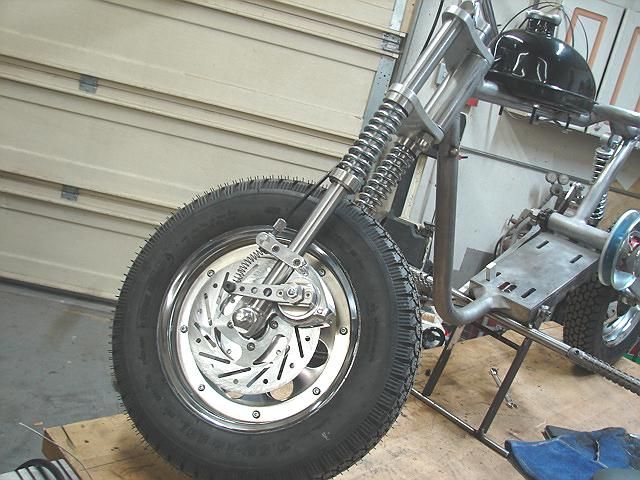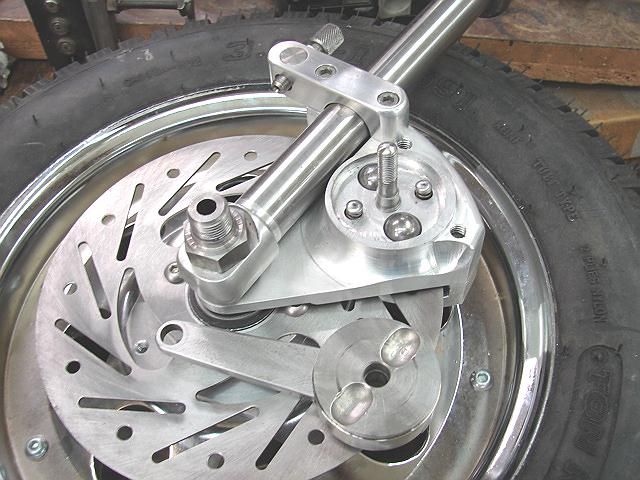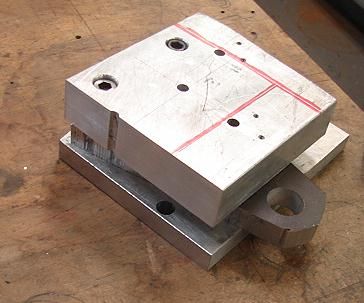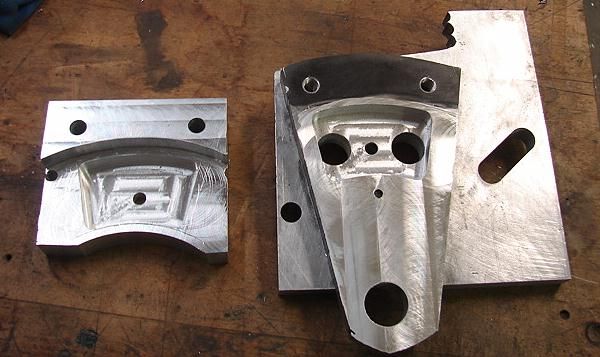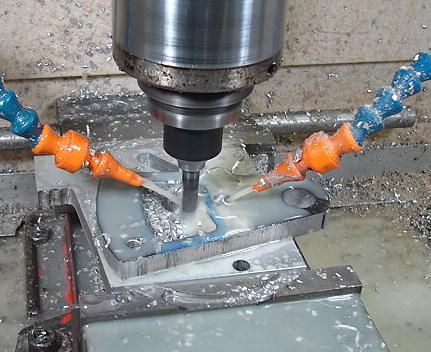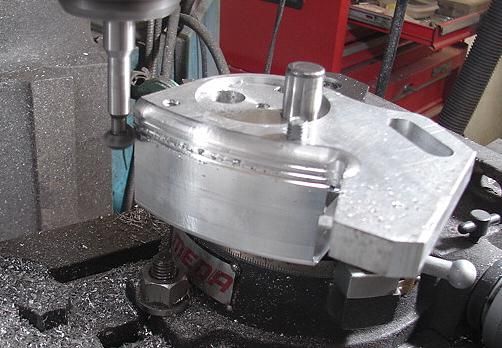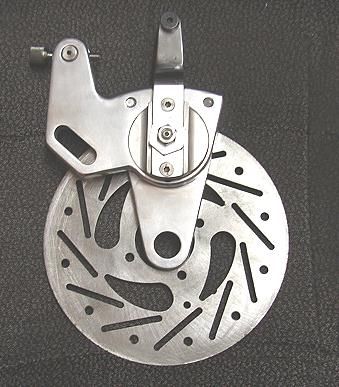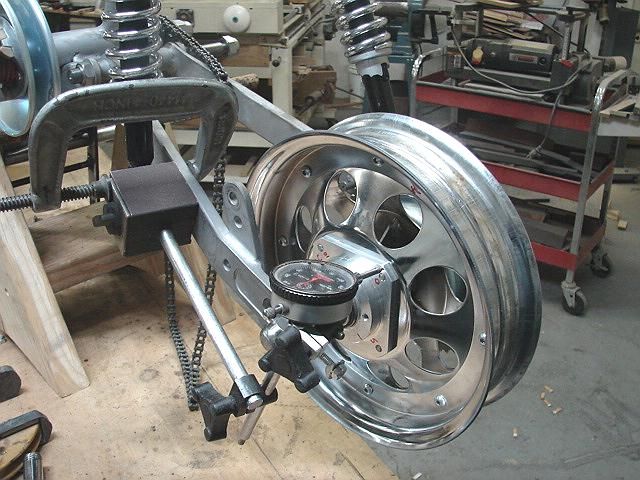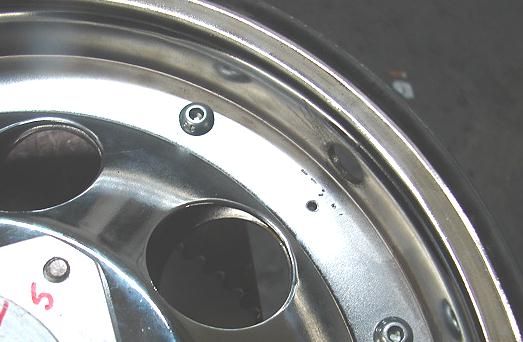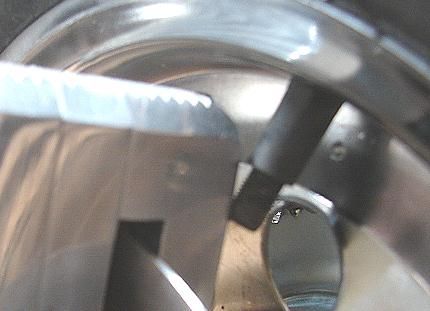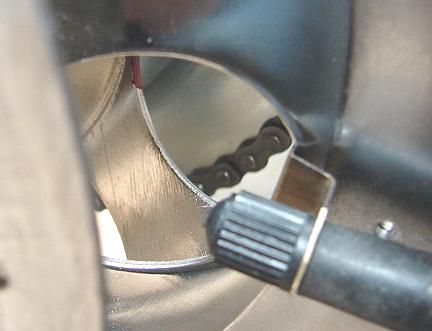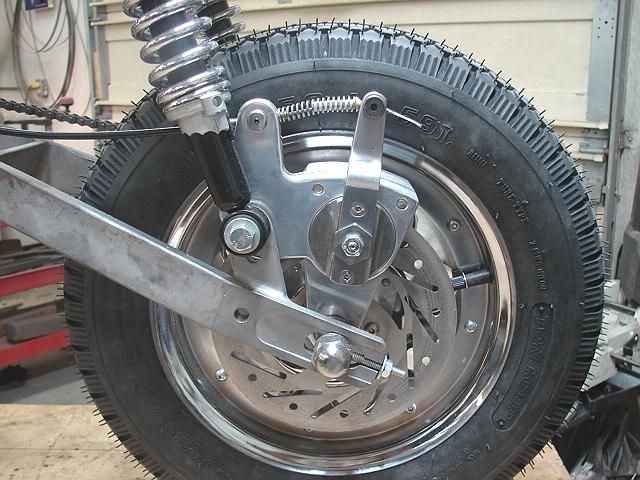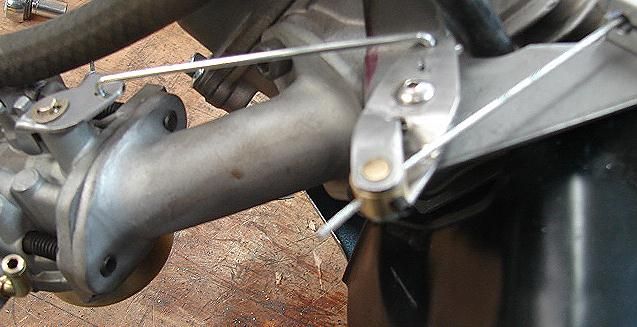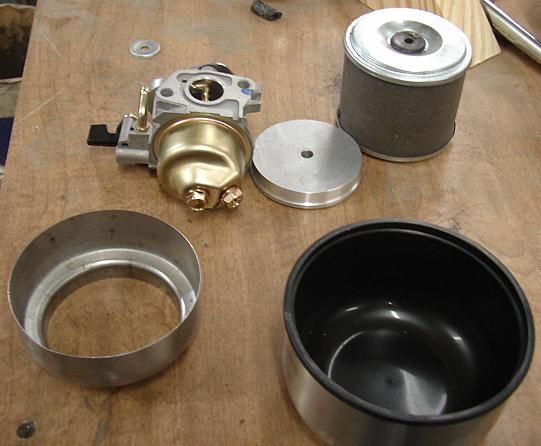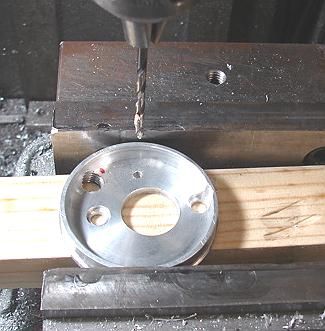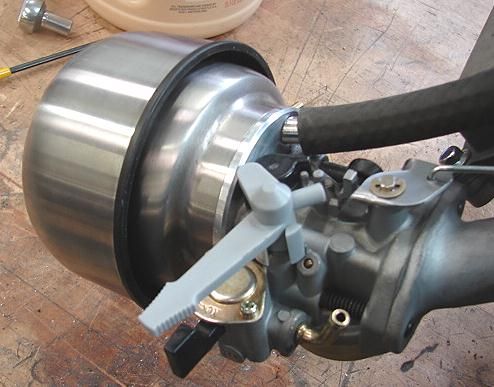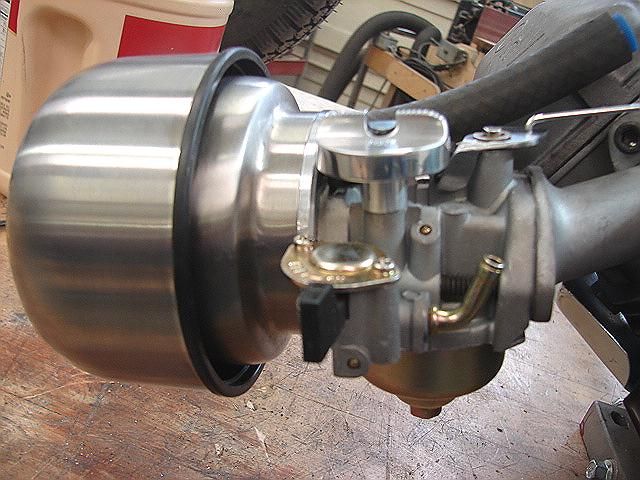Well, I really don't have a "paint booth" so to speak, but I do have a small finishing room that I spray a lot of smaller things such as gun stocks.
But I do have a brother that paints in a body shop....don't worry, I have it covered. I can powder coat the smaller parts, as long as it fits in this
old Kenmore oven.
I been spending a hour or 2 every night working on a kick stand, which eventually led to a total re work on the foot peg placement and the brake pedal arrangement. I originally took Dave's advice, and tried to make a kick stand, and the geometry gave me a headache. After several attempts, I went back to the center stand idea, and that's when I figured out the foot pegs weren't in a very comfortable spot.
I moved them ahead about 4" and 2" lower, utilizing the crossbar for a stop for the center stand. So I finally got the center stand fabbed up and the spring geometry conquered, now it's on to re-engineering the brake pedal and linkage.
But I do have a brother that paints in a body shop....don't worry, I have it covered. I can powder coat the smaller parts, as long as it fits in this
old Kenmore oven.
I been spending a hour or 2 every night working on a kick stand, which eventually led to a total re work on the foot peg placement and the brake pedal arrangement. I originally took Dave's advice, and tried to make a kick stand, and the geometry gave me a headache. After several attempts, I went back to the center stand idea, and that's when I figured out the foot pegs weren't in a very comfortable spot.
I moved them ahead about 4" and 2" lower, utilizing the crossbar for a stop for the center stand. So I finally got the center stand fabbed up and the spring geometry conquered, now it's on to re-engineering the brake pedal and linkage.



